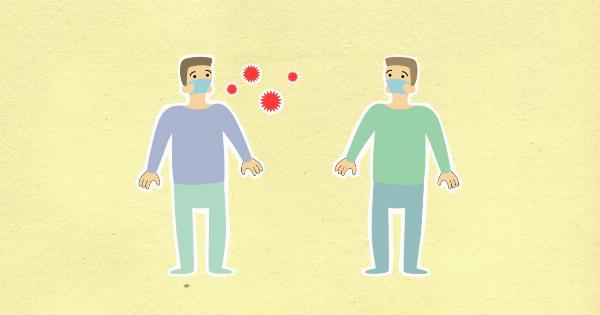In 1998, the world experienced a severe flu pandemic that claimed the lives of millions of people. According to the World Health Organization (WHO), this pandemic was the most serious flu outbreak since the infamous Spanish flu of 1918-1919.
The flu virus responsible for the outbreak was a new strain of the H1N1 virus, which caused severe respiratory illness and pneumonia in its victims.
Spread of the Virus
The flu pandemic of ’98 started in Southeast Asia and rapidly spread to other parts of the world. It was first reported in Hong Kong in May 1998, and within a few weeks, it had spread to other parts of Asia, Europe, and North America.
The virus was able to spread so quickly because air travel had become more accessible, and people were traveling more frequently and to more locations.
WHO declared a global health emergency in June 1998 when the virus had spread to more than 120 countries, and there were more than 20,000 confirmed cases.
The number of cases continued to rise over the next few months, and by September 1998, there were more than 200,000 confirmed cases of the virus worldwide.
Symptoms of the Flu Pandemic of ’98
The symptoms of the flu pandemic of ’98 were similar to those of a regular flu. The symptoms included fever, cough, sore throat, headache, and body aches.
However, the illness progressed rapidly in some cases, and victims developed severe respiratory illness and pneumonia. This led to a high mortality rate, especially among the elderly and those with weakened immune systems.
Efforts to Control the Outbreak
Health organizations and governments around the world made tremendous efforts to control the outbreak and prevent its spread.
One of the first measures taken was the identification of infected individuals and quarantine of those who had been in close contact with them. This helped to limit the spread of the virus.
Another measure that was taken was the development of a vaccine against the H1N1 virus. However, the vaccine was not available until several months after the start of the outbreak.
By the time the vaccine was available, many people had already been infected and died from the virus.
Health organizations also provided guidelines to the public on how to prevent the spread of the virus.
These guidelines included basic hygiene practices such as hand washing, covering the nose and mouth when coughing or sneezing, and avoiding close contact with sick individuals.
The Tragic Loss of Life
Despite efforts to control the outbreak, the flu pandemic of ’98 still claimed the lives of millions of people worldwide. According to WHO, there were an estimated 3 million deaths from the virus, with the majority of deaths occurring in Asia.
The virus also had a significant impact on the global economy, with many businesses and industries affected by the outbreak.
The high mortality rate was attributed to several factors, including the rapid spread of the virus, the lack of immunity to the new strain of the virus, and the inability to develop a vaccine quickly enough to provide protection to the population.
The Legacy and Lessons Learned
The flu pandemic of ’98 had a significant impact on global health and shaped the way that health organizations and governments responded to future pandemic outbreaks.
The outbreak highlighted the need for better preparedness and response measures that could be implemented quickly and effectively.
One of the outcomes of the outbreak was the development of the Global Influenza Surveillance Network, which was established by WHO to monitor and report on influenza activity worldwide.
This network has played a crucial role in identifying and responding to pandemics, including the 2009 H1N1 pandemic.
The flu pandemic of ’98 also illustrated the importance of vaccine development and distribution, especially in the early stages of an outbreak.
Many governments and private organizations have invested heavily in research and development of new vaccines to prevent pandemics.
Conclusion
The flu pandemic of ’98 was a tragic event that claimed the lives of millions of people worldwide. The outbreak highlighted the importance of preparedness and response measures, as well as the need for better vaccine development and distribution.
Although it was a devastating event, the lessons learned from the flu pandemic of ’98 have helped to shape the way that health organizations and governments respond to pandemics today.





























